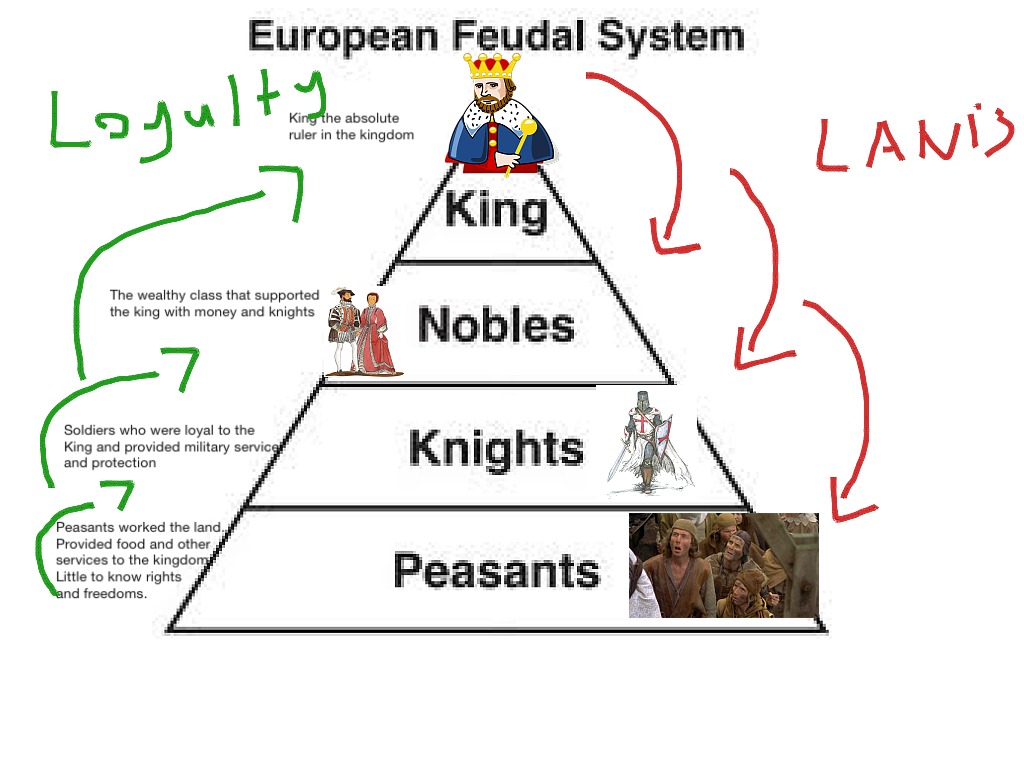
This article provides a short overview of the historical background, and then examines different aspects of the archaeology of these fortified sites. The intensification of settlement activity and the emergence of fortified sites indicate basic changes in the political, economic and social history of the area concerned around the beginning of the 9th century, as well as multiple transformations during the following two centuries. Although settlement remains and/or graves from the 7th and early/mid-8th centuries are present at some of these sites, settlement activity became more intensive during the 9th and 10th centuries in these places. The fortified settlements examined here have different origins some were founded in the early 9th or possibly late 8th centuries ad, with others being established in the later 9th and 10th centuries. (b) Location map of the sites and rivers mentioned in the text. What might be the most interesting thing about all this is how imaginary those black lines on our maps actually were.(a) Location map of the study area (grey) in Europe. It isn't that people moved but rather how often those people were welcomed. A 7th-century warrior from the Mediterranean could move to northern Europe and become one of the Alemanni, for example.Īnd this is maybe the most interesting part of all this - the one that defies many of our expectations about the Middle Ages. Religious identity (Christian, heretic, Jew, or Muslim) often trumped any other and determined who was in charge of who.īut others moved, stayed, and became something else, adding a new identity to their old one, becoming someone different. Italian cities such as Venice set up trading quarters in foreign cities that were effectively governed by their own laws. Pilgrims could go and come back, still being a Frank or a Lombard or a Saxon.

This wasn't required, and sometimes it wasn't possible. That power (at least in theory) moved with the people into different geographic spaces and lasted until those subjects attached themselves to another person in power. The Latin word imperium, for example, is often translated as "empire" but it's more accurate to say it means "authority" or "power." In other words, "empire" in the Middle Ages was simply the people over whom the emperor exerted power. (Photo by DeAgostini/Getty Images)Ĭommunities throughout pre-modern Europe were predominantly defined by people, not geography. fresco, Byzantine style, late 11th century, Chapel of Saint Eldrad and Saint Nicholas, Novalesa Abbey, Piedmont, Italy. Saint Nicholas saving pilgrims from shipwreck, detail from the Stories of Saint Nicholas, Romanesque. It's just that those "things" travelers moved between were temporary, sometimes even ephemeral, and often simply didn't seem to matter a whole lot.

None of this, of course, means that these travelers weren't moving between things. To accommodate these travelers, elaborate systems of hospitality developed (held over, in some ways, from the ancient world) to welcome new arrivals and shepherd them safely on their way to their final destination. Monks became refugees from Viking attacks, sometimes permanently settling in new locations for centuries.Įven on a more local level, it was not terribly uncommon for commoners throughout Europe to travel dozens of miles to visit churches thought to perform healing miracles or to celebrate feasts in honor of favored saints. Pilgrims, such as the Iberian Muslim Ibn Jubayr and the Frankish Christian Bernard the Monk, traveled thousands of miles back and forth between Islamic and Christian lands. Merchants, such as the Jewish author Benjamin of Tudela, carried goods throughout the Mediterranean.

Their mental world was large and was always more than just their locality. People traveled constantly throughout the Middle Ages.


 0 kommentar(er)
0 kommentar(er)
